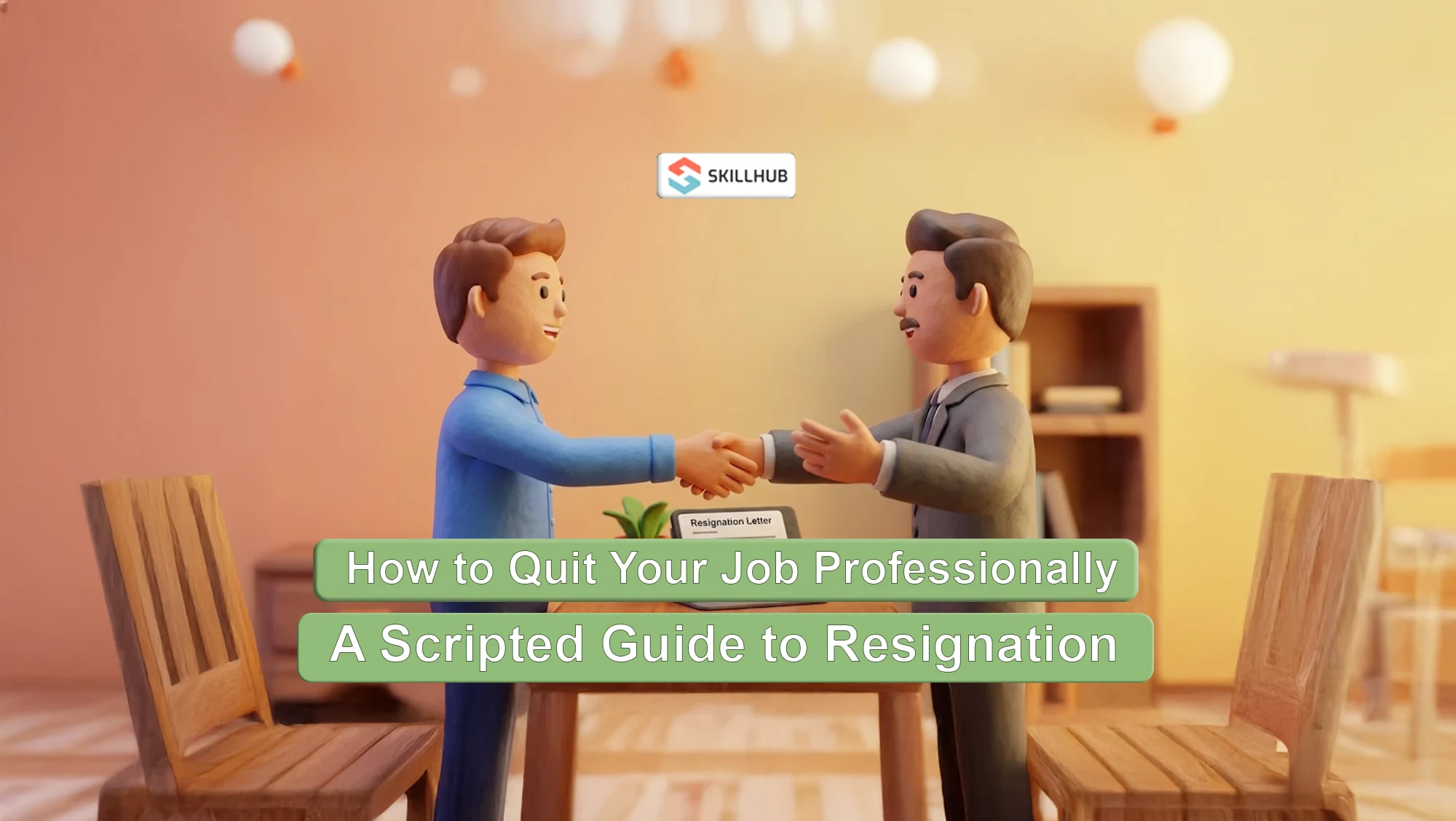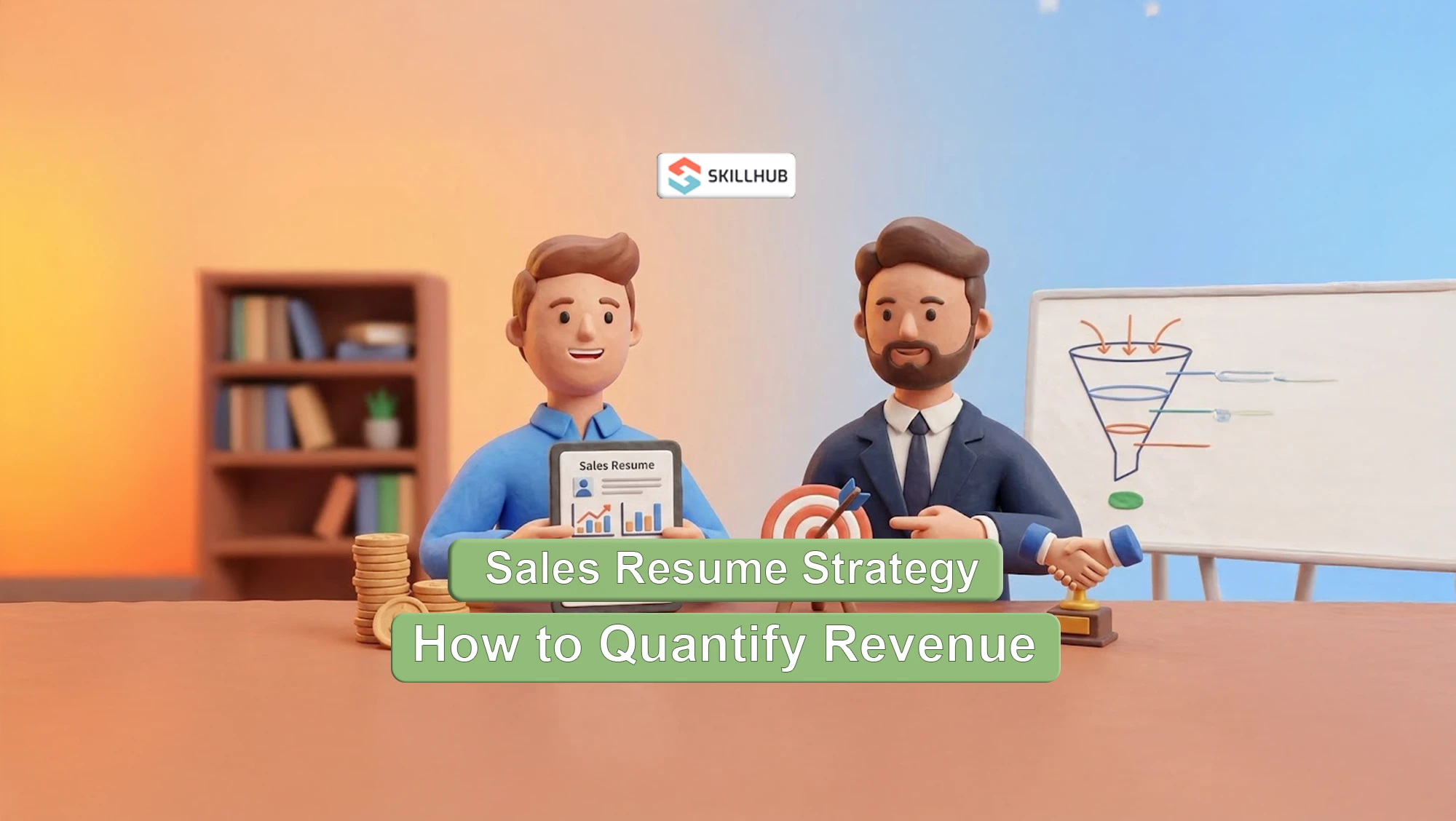What Is a Follow-up Letter: All You Need to Know

Writing a follow-up letter after an interview or submitting a job application is an important piece of the application process. A great follow-up letter makes the difference in getting a call back for the job, and it's often a great opportunity to ensure you'll make a professional impression on potential employers.
A follow-up letter is confirmation of an action, such as an interview or an application. For example, a follow-up email would be expressing gratitude to the employer after they interview you for the position.
This short guide will cover:
- what is a follow up letter
- how to write a follow up letter
- when to send a follow up letter
- the most common templates.
Still, a resume is only a first move toward getting a dream job. Stay here and discover the intricacies of employment in this company.
What is a Follow-up Letter: Definition and Importance
A follow up letter is a letter that is written to someone thanking them for their previous correspondence. This can be a letter that you write to people who had read a sales letter or newsletter you sent, as part of your effort to find prospects, or it could be a thank-you letter that you write to someone after visiting their place of business. To make these letters effective, it’s important to find email contacts for the right person so your message reaches the intended audience.
The job follow up letter can also be a very effective way for you to use email marketing. The letter can also build professionalism, loyalty, and trust between the hiring manager and the candidate. Additionally, it's important to use an SPF record generator to ensure that follow-up emails reach their recipients' inboxes and are not marked as spam, helping to maintain your brand's reputation. Follow-up emails are also incredibly valuable beyond the job hunt. In nonprofit fundraising, for instance, sending a thoughtful thank-you email after a donor meeting helps build strong relationships and shows genuine appreciation. Just like in job applications, a well-written follow-up can leave a lasting impression — and in some cases, lead to future opportunities.
What to Include in a Follow-up Letter
Follow these quick tips when writing an interview follow up letter sample.
Use proper formatting.
Use the same font, font size, and style as your original letter. When it comes to writing content, avoid silly buzzwords and make your content easy to read.
Address the recipient.
Use the recipient’s name, title, company name, or address.
Add contact information.
Include your phone number and email address so the recipient can easily reach you.
Include the date.
Include a salutation.
Express appreciation.
Thank the person for the meeting or conversation you shared.
Express your passion.
Explain why you liked what you learned and how it can benefit you.
Close.
End the interview follow up letter with a complimentary closing, such as “Sincerely,” “Best,” or “Regards.”
How to Write a Follow-up Letter
A follow-up letter is a letter sent after initial contact with a person, company, or organization. The purpose is to address any request or complaint or to thank the recipient for previous correspondence. Follow-up letters can take different forms, even handwritten notes, but email is the simplest way. There are several key points to keep in mind.
- Its general structure is about expressing appreciation or stating any possible updates.
- It should be short, to the point, and contain any requests or concerns.
- The follow-up letter should be sent within 2-3 days after the person, company, or organization has been contacted.
When writing such letters, clarity and professionalism are key. While it's essential to express gratitude or address updates, ensuring your message is properly structured is just as important. If you're looking to improve your writing skills for various types of communication, such as follow-up letters or academic papers, an AI paper writer with citations can help generate well-structured, well-researched content that fits your needs.
A bit further on, we'll explore samples follow up letter!
Main Mistakes of Writing a Follow-up Letter
Our resume writers suggest to follow these five tips to avoid the most common mistakes in follow-up letters.
Read from a script.
There are bound to be times when a prospect won’t respond to you. Stick to your script nonetheless.
Don’t send a follow-up too often.
Use the recipient’s name, title, company name, or address.
Don’t send a follow-up when you’ve already been in touch.
Keep your follow-up letters focused on what’s next.
Don’t send a follow-up letter when prospects aren’t ready to buy.
Don’t send a follow-up letter after interview too soon.
But when is the right time?
The Right Time for Follow-up Letter
In sales, timing is everything. If you send a letter too soon, you risk making your prospects annoyed. If you send it too late, you might miss your opportunity. You need to strike the right balance, though. Too late, and you risk losing interest. Too early, and you risk offending your prospect. Understanding how to write a follow-up email effectively can help you hit that perfect timing, ensuring your message is both courteous and compelling while keeping prospects engaged.
A general rule of thumb says the best time to send a follow up interview letter is within 72 hours of making the acquaintance of the person you want to approach for business.
Follow up Letter Samples
You’ve probably come across a sample follow up letter for job application status. Yet, there are many types of follow-ups to consider. Here are the main ones we’ll cover:
- business follow-up letter
- follow-up letter after a phone interview
- follow-up thank you letter after an interview
- follow-up letter to a college coach
- follow-up letter sample after no response
- follow-up letter after meeting
Business Follow-up Letter
According to a survey provided by our professional resume writer Perla Aroyo the most commonly used follow up letter sample is this one. Here’s a general structure:

Follow-up Letter After a Phone Interview
This interview follow-up letter is an excellent tool to stand out and get noticed.

Follow-up Letter to a College Coach
Here’s an easy-to-read and friendly sample follow up letter to college coach.

Need help to write a follow-up letter? Turn to a professional resume builder service and we'll get you covered!
Follow-up Letter Sample After No Response
Here’s an example of follow up letter that won’t sound impolite or rushing to a recruiter.

You can use your Linkedin profile to send a follow up letter. If it doesn't work, take a help from linkedin resume writing service online. It will help you to look professional.
Follow-up Letter After Meeting
This sample follow up letter after meeting aims at building long-term relationships.

Follow-up Letter Templates
With patient follow up letter templates, you have a strong opportunity to make a good impression. Follow through with your promise, and your follow-up letters will have more impact. In other words, if you say you will do something, do it!
When writing a follow-up letter, make sure it covers most of the following little rules and format it professionally.
Follow-up Letter After Meeting
If you write a letter to a senior executive, use formal language, and make the letter one page long. If you write to a friend, use more casual language. In this case, the letter shouldn’t exceed several paragraphs.
Be concise
Keep the letter short and to the point. Don’t include information you can add in the body of the letter, and don’t mention the benefits you’ve already given. A smart approach is to pass the letter through a summarizing tool to automatically eliminate any repetitive/fluffy information to achieve conciseness.
Follow the format
The letter should be in the same format as a regular one, with your contact information at the top, the recipient’s contact information at the bottom, and the body of the letter in between.
Proofread the letter
A follow up interview letter sample can be short, but you need to proofread it carefully. If you misspell the recipient’s name or mispronounce a word, it will look sloppy and unprofessional.
The Bottom Line
A follow up letter is a letter you send out after your initial contact with a prospect. In today’s world, follow-up letters can be especially important. Nearly everyone expects to be contacted about a service, product, or offer. Once the initial contact is made, though, you have to consider the time you’ve taken to reach them, as well as their daily busyness.
Your follow up letter after job interview should reinforce the offer you made in your initial meeting. For instance, if you made a meeting appointment, follow up with an email noting the meeting’s time, date, and location.
If you need help on how write a follow up letter turn to career writing experts and they will get you covered!
%20(1).png)



%20(1).webp)